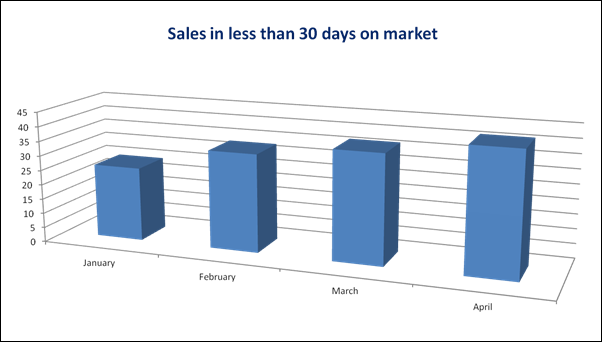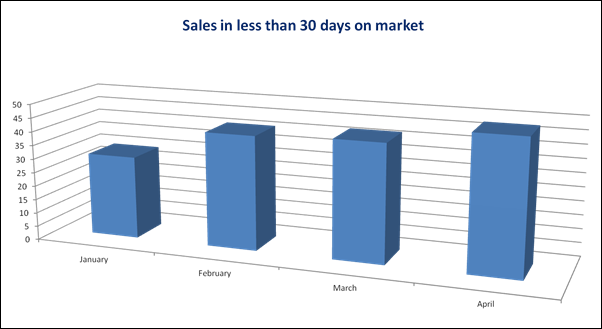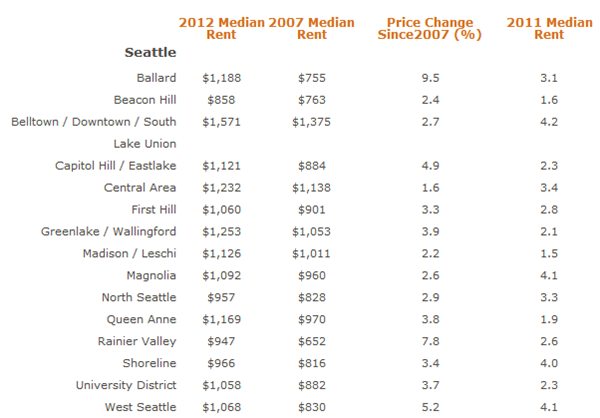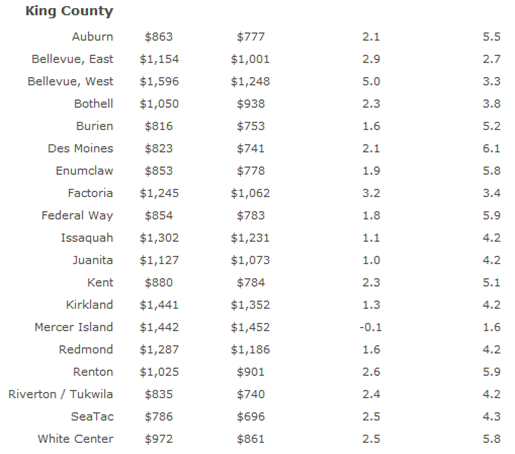 More Americans are optimistic that home prices will inch up over the next year, with expectations that prices will rise at least 1.4 percent in that timeframe. That marks the highest amount ever recorded in Fannie Mae’s monthly National Housing Survey.
More Americans are optimistic that home prices will inch up over the next year, with expectations that prices will rise at least 1.4 percent in that timeframe. That marks the highest amount ever recorded in Fannie Mae’s monthly National Housing Survey.
Thirty-four percent — also the highest ever recorded — of the 1,000 respondents in the May housing survey say they expect to see a boost in home prices in the next year. Forty-one percent say they think mortgage rates also will rise over the next year.
“Both indicators suggest the potential that consumers may consider moving off the sidelines to purchase a home,” according to the survey.
Survey respondents also say they expect rental prices to continue to edge up over next year, projecting a 4.1 percent increase in that period.
Still, a slowdown in the pace of new jobs and income growth is creating a plateau in consumer sentiment that might delay a full recovery in the housing market, according to Fannie Mae’s survey. Fifteen percent of those surveyed reported that their household income is significantly lower than it was 12 months ago, which marks a record low in the annual survey.
"Our May consumer data show that Americans are taking a ‘wait and see’ approach about buying or selling a home,” says Doug Duncan, Fannie Mae’s chief economist. “This is not surprising given their assessment that their income during the past 12 months and their personal financial expectation for the next 12 have leveled off. … Current jobs data are reminiscent of the spring slowdown that continued into the summer months during the last two years. If this pattern continues, we do not expect to see any significant upturn in consumer sentiment during the summer and a meaningful housing recovery likely will be delayed once again."
Source: Fannie Mae and “Americans Expect 1.4% Increase in Home Prices: Fannie Mae,” HousingWire
















